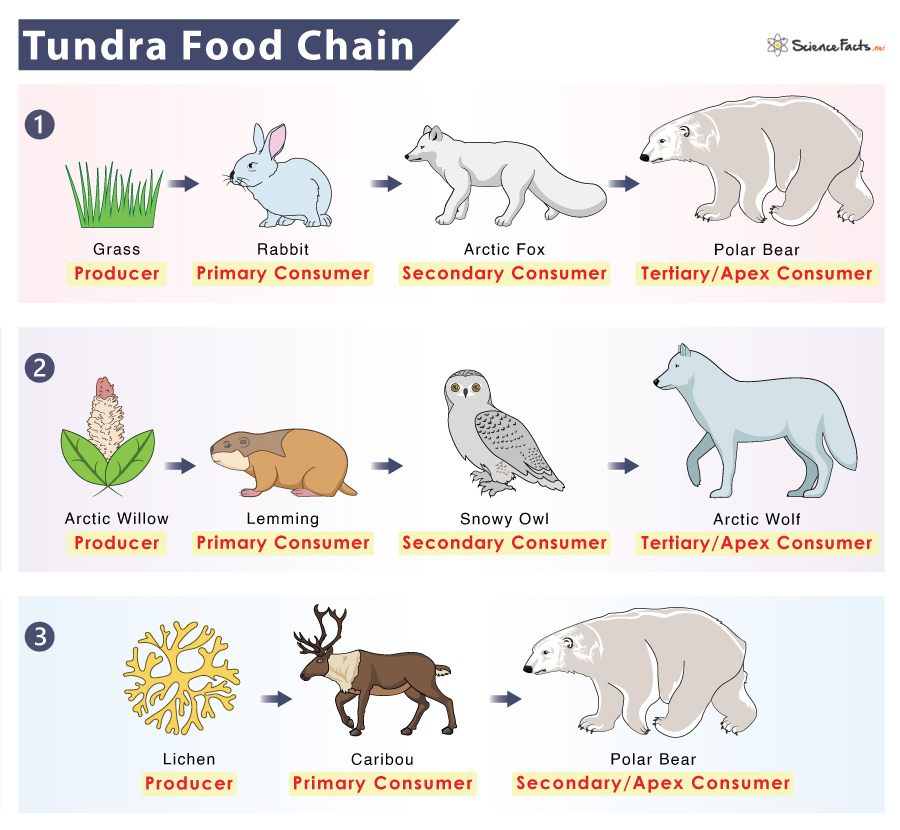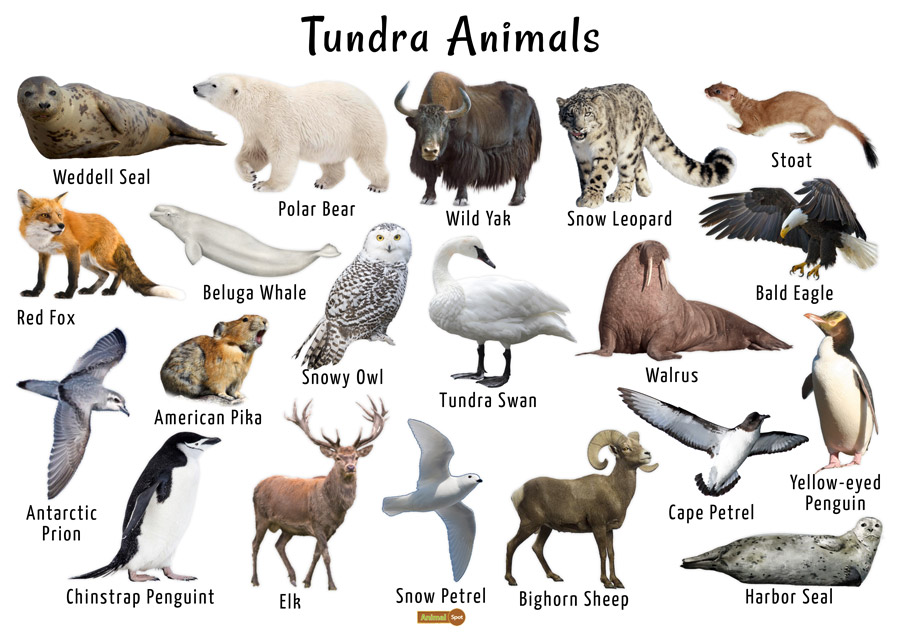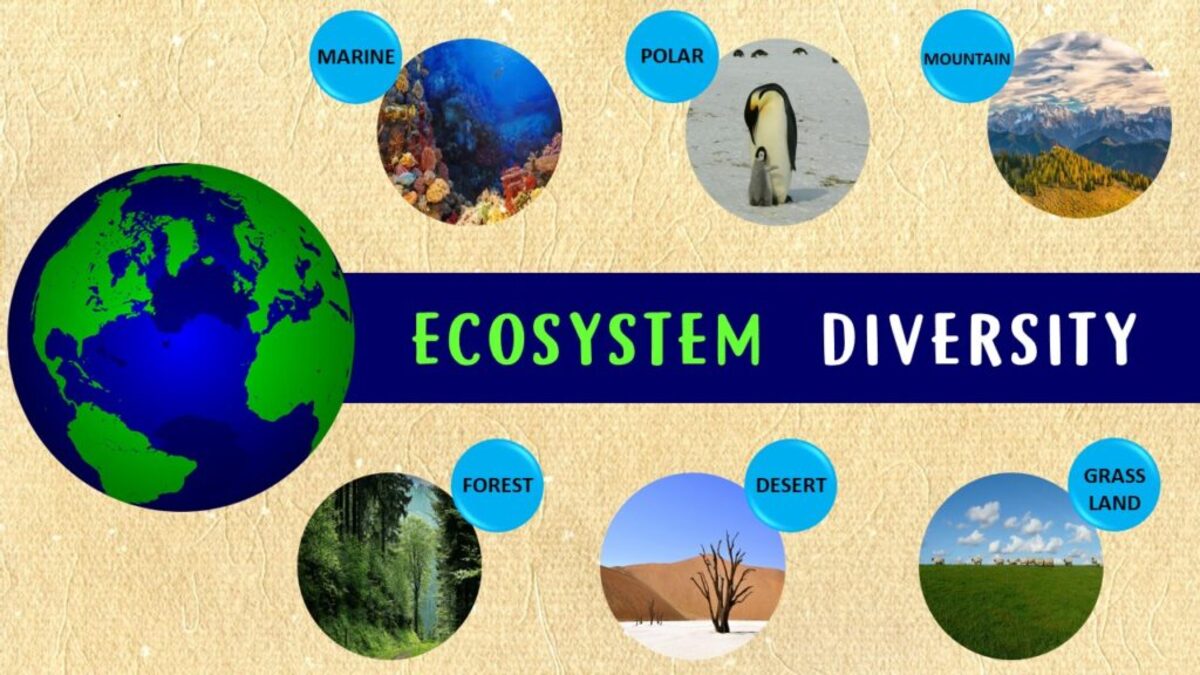Topic what are forest ecosystem: "Discover the intricate world of forest ecosystems, the biodiversity hotspots that are crucial for our planet"s health and our survival. Learn how these vital natural assets function and why they matter."
Table of Content
- What are the features and components of a forest ecosystem?
- Definition and Importance of Forest Ecosystems
- Types of Forest Ecosystems
- Key Components of a Forest Ecosystem
- The Role of Forests in Climate Regulation and Carbon Sequestration
- Biodiversity within Forest Ecosystems
- YOUTUBE: Understanding Forest Ecosystems
- Threats to Forest Ecosystems
- Conservation and Sustainable Management of Forest Ecosystems
- Forest Ecosystem Services to Humanity
- Technologies and Research in Forest Ecosystem Study
- Global Initiatives and Policies for Forest Conservation
What are the features and components of a forest ecosystem?
A forest ecosystem is a complex and biodiverse system consisting of various features and components. These include:
- Trees: The main components of a forest ecosystem are the trees. They form the canopy and provide shelter and food for many organisms.
- Understory vegetation: Below the canopy, there is a layer of smaller plants, shrubs, and herbs. This understory vegetation plays an important role in the overall functioning of the forest ecosystem.
- Leaf litter: Fallen leaves, twigs, and other organic matter accumulate on the forest floor. This leaf litter serves as a nutrient source and habitat for many decomposers.
- Soil: The soil in a forest ecosystem is rich in organic matter due to the decomposition of plant and animal remains. It supports the growth of trees and other plants.
- Animals: Forest ecosystems are home to a wide variety of animal species. These can include mammals, birds, reptiles, amphibians, insects, and more. The animals play various roles such as pollination, seed dispersal, and predator-prey interactions.
- Microorganisms: Forest ecosystems have a diverse community of microorganisms such as bacteria and fungi. These microorganisms play crucial roles in decomposing organic matter and cycling nutrients.
- Water bodies: Forests may contain rivers, streams, ponds, or wetlands. These water bodies provide a habitat for aquatic plants and animals.
- Climatic conditions: Forest ecosystems are influenced by the prevailing climate in the region. Temperature, rainfall, humidity, and seasonal variations all affect the functioning of the forest ecosystem.
Overall, forest ecosystems are intricate and interconnected systems that support a high level of biodiversity and perform important ecological functions.
READ MORE:
Definition and Importance of Forest Ecosystems
A forest ecosystem encompasses a dynamic community of plants, animals, and microorganisms interacting within their physical and chemical environment. This complex system forms a vital part of our planet"s biosphere, offering shelter, food, and resources for a wide range of species, including humans. Forest ecosystems are essential for maintaining biodiversity, regulating the global climate, and supporting the water cycle.
- Biological Diversity: Forests are home to an astonishing variety of life, hosting over 80% of the world"s terrestrial biodiversity.
- Climate Regulation: Through photosynthesis, forests absorb carbon dioxide and produce oxygen, playing a critical role in mitigating climate change.
- Water Cycle Management: They influence local and global water cycles, ensuring water availability and quality.
- Soil Protection: Forests prevent soil erosion, maintain soil fertility, and support nutrient cycling.
- Economic Resources: Beyond ecological benefits, forests provide essential resources such as wood, food, and medicines, supporting economies worldwide.
The preservation and sustainable management of forest ecosystems are crucial for environmental health, human well-being, and the overall balance of our planet.
:max_bytes(150000):strip_icc()/497408077-56af61ff3df78cf772c3c309.jpg)
Types of Forest Ecosystems
Forest ecosystems are diverse and vary greatly across the globe, each offering unique habitats and playing vital roles in the earth"s environmental systems. Understanding the different types of forest ecosystems is essential for their conservation and the sustainable management of their resources.
- Tropical Rainforests: Located near the equator, these forests are characterized by high rainfall, diverse species, and a warm climate year-round.
- Temperate Forests: Found in temperate zones, these forests experience four distinct seasons and are home to a variety of plant and animal species.
- Boreal Forests (Taiga): Located in the northern regions, these cold-tolerant forests are dominated by coniferous trees.
- Mediterranean Forests: Characterized by hot, dry summers and mild, wet winters, these forests are adapted to fire and drought conditions.
- Cloud Forests: These are high-altitude tropical forests where fog and mist keep the environment moist year-round.
- Mangrove Forests: Found in coastal areas where saltwater and freshwater mix, these forests are crucial for protecting coastlines and supporting marine life.
Each type of forest ecosystem has adapted to its specific climate and geography, hosting a unique blend of flora and fauna. The conservation of these diverse ecosystems is crucial for maintaining biodiversity, climate regulation, and supporting human livelihoods.
Key Components of a Forest Ecosystem
Forest ecosystems are intricate networks of living and non-living components interacting in a complex system. Understanding these key components is essential for grasping how forest ecosystems function and their significance to the planet.
- Flora (Plants): Trees, shrubs, herbs, and ground cover form the primary producers in a forest, converting sunlight into energy through photosynthesis and providing food and habitat for other species.
- Fauna (Animals): Forests are home to a diverse range of animals, from insects and birds to mammals and reptiles, each playing a specific role in the ecosystem through pollination, seed dispersal, and maintaining population balances.
- Microorganisms: Bacteria, fungi, and other microorganisms are crucial for nutrient cycling, decomposing organic matter, and enriching the soil, thus supporting plant growth.
- Soil: The foundation of the forest ecosystem, soil supports plant life, stores water and nutrients, and houses a vast array of microorganisms.
- Water: Essential for life, water cycles through a forest ecosystem in various forms, from precipitation to groundwater, and is utilized by all living components.
- Atmospheric Conditions: Light, temperature, and air quality significantly influence the health and composition of forest ecosystems, affecting photosynthesis rates and species distribution.
These components interact in a delicate balance, making forest ecosystems among the most productive and biologically diverse systems on Earth. Their health and stability are crucial for environmental functions, including carbon sequestration, oxygen production, and biodiversity preservation.

The Role of Forests in Climate Regulation and Carbon Sequestration
Forests play a critical role in the global climate system, serving as both a source and sink for carbon dioxide (CO2) and other greenhouse gases. Their ability to regulate the climate and sequester carbon is vital for mitigating the impacts of climate change.
- Carbon Storage: Forests store vast amounts of carbon in their biomass and soil, acting as significant carbon sinks. This storage includes carbon captured from the atmosphere through photosynthesis.
- Climate Regulation: Through transpiration and the provision of shade, forests regulate temperature and maintain local and global climates, contributing to cooler environments.
- Carbon Sequestration: Mature forests continue to absorb CO2 from the atmosphere, reducing the concentration of greenhouse gases and combating global warming.
- Impact on Rainfall Patterns: Forests influence rainfall patterns through their role in the water cycle, promoting precipitation in local and distant areas.
- Oxygen Production: By converting CO2 into oxygen during photosynthesis, forests are essential for producing the oxygen that all animals, including humans, need to survive.
The preservation and restoration of forests are crucial strategies in the fight against climate change. Protecting existing forests, restoring degraded lands, and sustainably managing forest resources are key actions that can enhance their role in carbon sequestration and climate regulation, ensuring a healthier planet for future generations.
Biodiversity within Forest Ecosystems
Forest ecosystems are renowned for their vast biodiversity, serving as home to a myriad of plant, animal, and microbial species. This rich diversity is not only crucial for the stability and resilience of the forests themselves but also for the global environment and human well-being.
- Rich Plant Life: Forests house an extensive range of plant species, from towering trees to delicate understory shrubs and groundcovers, providing the structural complexity that supports diverse wildlife.
- Diverse Animal Populations: They are habitats for countless animal species, including mammals, birds, reptiles, amphibians, and invertebrates, each playing a role in the ecosystem"s balance.
- Microbial and Fungal Networks: The unseen heroes, these organisms help decompose organic matter, recycle nutrients, and form symbiotic relationships with plants, promoting forest health.
- Genetic Variability: The genetic diversity within forest ecosystems enhances their adaptability to environmental changes and stresses, contributing to overall ecosystem resilience.
This biodiversity is not just a testament to the complexity of life but is pivotal for ecosystem services such as pollination, seed dispersal, climate regulation, and water filtration. Moreover, it offers tremendous resources for medicine, agriculture, and industry, alongside recreational and cultural benefits for humanity.
Conserving forest biodiversity is thus essential for maintaining ecosystem functionality, supporting human livelihoods, and safeguarding the planet"s biological heritage.
:max_bytes(150000):strip_icc()/489034241_5-56af62885f9b58b7d0183204.jpg)
Understanding Forest Ecosystems
Forest ecosystems are truly fascinating with their intricate web of plants, animals, and microorganisms. Delve into the enchanting world of these diverse habitats in our captivating video, and witness the harmonious interplay between species that make these ecosystems thrive.
Threats to Forest Ecosystems
Forest ecosystems, critical for biodiversity and human well-being, face numerous threats that jeopardize their health and sustainability. Identifying and addressing these threats is crucial for conservation efforts.
- Deforestation: The clearing of forest land for agriculture, logging, and urban development leads to habitat loss, biodiversity decline, and contributes to climate change.
- Climate Change: Altered weather patterns, increased temperatures, and more frequent extreme weather events can disrupt forest ecosystems, affecting species distribution and forest health.
- Pollution: Air and water pollution, including acid rain and chemical runoff, can damage forests, soil, and waterways, impacting plant and animal life.
- Invasive Species: Non-native plants, animals, and pathogens can outcompete native species, leading to loss of biodiversity and alteration of ecosystem functions.
- Overexploitation: Unsustainable logging, hunting, and harvesting of forest resources deplete biodiversity and can lead to the collapse of local ecosystems.
- Forest Fires: While some ecosystems depend on natural fires for regeneration, increased frequency and intensity of wildfires, often human-induced, can cause severe destruction.
Combating these threats requires global cooperation, sustainable management practices, and conservation policies to ensure the resilience and continuation of forest ecosystems worldwide.
What is a Forest Ecosystem?
Step into the mesmerizing realm of the forest ecosystem, where lush greenery and a symphony of animal calls surround you. Discover the secrets of this enchanting world as our video paints an awe-inspiring picture of the delicate balance and resilience that exists within these remarkable ecosystems.
Conservation and Sustainable Management of Forest Ecosystems
Conserving and sustainably managing forest ecosystems are vital for maintaining biodiversity, mitigating climate change, and ensuring ecosystem services for future generations. Here are key strategies and practices to achieve these goals:
- Protected Areas: Establishing and enforcing protected areas to conserve critical habitats and biodiversity hotspots.
- Sustainable Forestry Practices: Implementing sustainable logging practices that minimize environmental impact, such as selective logging and replanting.
- Reforestation and Afforestation: Planting trees in deforested areas and establishing forests on lands that have not been previously forested.
- Restoring Degraded Lands: Rehabilitating lands damaged by deforestation, mining, or other destructive practices to restore ecosystem functions.
- Community Involvement: Engaging local communities in conservation efforts, recognizing their role as stewards of the forests and providing them with sustainable livelihood alternatives.
- Climate Change Mitigation: Enhancing forests" role in carbon sequestration through conservation and sustainable management practices.
- Policy and Legislation: Developing and enforcing laws and policies that promote forest conservation and sustainable use of forest resources.
- International Cooperation: Collaborating across borders to address transnational challenges such as illegal logging and wildlife trafficking.
Through these and other measures, we can ensure the health and longevity of forest ecosystems, preserving their invaluable benefits for the environment and humanity.

Forest Ecosystem Services to Humanity
Forest ecosystems provide numerous essential services to humanity, underpinning the well-being of people around the globe. These services are critical for our survival and for maintaining the health of our planet.
- Provision of Resources: Forests supply a wide range of products including timber, food, fuel, and medicines, crucial for human livelihoods and economies.
- Regulation of Climate: By absorbing carbon dioxide and releasing oxygen, forests play a pivotal role in regulating the Earth"s climate and mitigating climate change.
- Water Regulation and Purification: Forests influence the global and local water cycle, ensuring supply of clean water through filtration and reducing the risk of natural disasters like floods and landslides.
- Habitat for Biodiversity: Forests are home to more than 80% of the world"s terrestrial biodiversity, providing essential habitats for millions of species.
- Soil Protection: Through their root systems, forests prevent soil erosion, maintain soil fertility, and promote nutrient cycling, supporting agriculture and forestry.
- Cultural and Recreational Value: Forests offer spiritual, educational, and recreational benefits, contributing to the cultural heritage and mental well-being of communities.
- Carbon Sequestration: Acting as carbon sinks, forests sequester large amounts of carbon, helping to store and regulate atmospheric carbon and contribute to climate change mitigation.
The sustainable management and conservation of forest ecosystems are therefore essential to preserve these invaluable services for present and future generations.
Technologies and Research in Forest Ecosystem Study
The study of forest ecosystems has greatly benefited from advances in technology and research methodologies. These innovations enable scientists to monitor, analyze, and protect these vital natural resources more effectively.
- Remote Sensing and Satellite Imagery: These tools provide comprehensive data on forest cover, deforestation rates, and changes in ecosystem health over large areas and inaccessible regions.
- GIS (Geographic Information Systems): GIS technology is used to map and analyze spatial relationships and patterns within forest ecosystems, aiding in conservation planning and resource management.
- Drones and Aerial Photography: Drones offer a close-up view of forest conditions, enabling detailed monitoring of wildlife, plant health, and impacts of human activity.
- Ecological Modeling: These computer-based models simulate forest ecosystem processes, predicting the impacts of climate change, invasive species, and land-use changes.
- Genetic Analysis: Understanding the genetic diversity within forest species helps in conservation efforts, especially for identifying and preserving genetic resilience to environmental changes.
- Carbon Measurement Techniques: Methods for measuring carbon stocks and sequestration rates in forests are crucial for climate change mitigation strategies.
- Long-term Ecological Research: Ongoing studies over decades provide invaluable data on ecosystem dynamics, succession, and response to environmental variability.
These technologies and research efforts are pivotal for advancing our understanding of forest ecosystems, guiding conservation practices, and shaping policies to ensure their sustainability for future generations.

READ MORE:
Global Initiatives and Policies for Forest Conservation
Global initiatives and policies for forest conservation are crucial in combating deforestation, climate change, and biodiversity loss. These collaborative efforts aim to preserve forest ecosystems, ensuring their benefits for future generations.
- United Nations REDD+ Programme: Aims to reduce emissions from deforestation and forest degradation in developing countries, while fostering conservation, sustainable management of forests, and enhancement of forest carbon stocks.
- Convention on Biological Diversity (CBD): A global agreement focused on conserving biological diversity, promoting sustainable development, and ensuring fair use of genetic resources.
- Paris Agreement: Part of the UN Framework Convention on Climate Change, it seeks to limit global warming, with reforestation and forest conservation as key strategies to mitigate climate change.
- Forest Stewardship Council (FSC): Provides certification for forests managed sustainably, ensuring environmental, social, and economic benefits.
- Global Forest Watch: An online platform providing data and tools for monitoring forests, allowing for real-time tracking of deforestation and forest management practices.
- Bonn Challenge: A global effort to restore 150 million hectares of deforested and degraded lands by 2020 and 350 million hectares by 2030.
- International Union for Conservation of Nature (IUCN): Works on biodiversity conservation, including forest protection, through science, field projects, and policy advice.
These and other initiatives are vital for promoting the sustainable management of forest ecosystems, enhancing their resilience, and securing their services for environmental stability and human well-being.
Embracing the complexity and importance of forest ecosystems is vital for our planet"s future. By understanding, conserving, and sustainably managing these natural treasures, we can ensure a healthier, more biodiverse world for generations to come.

:max_bytes(150000):strip_icc()/tundra-58bf1be55f9b58af5cc29755.jpg)
:max_bytes(150000):strip_icc()/GettyImages-901482062-6470b1099c6a47a881f9a22d7bca0d0a.jpg)







